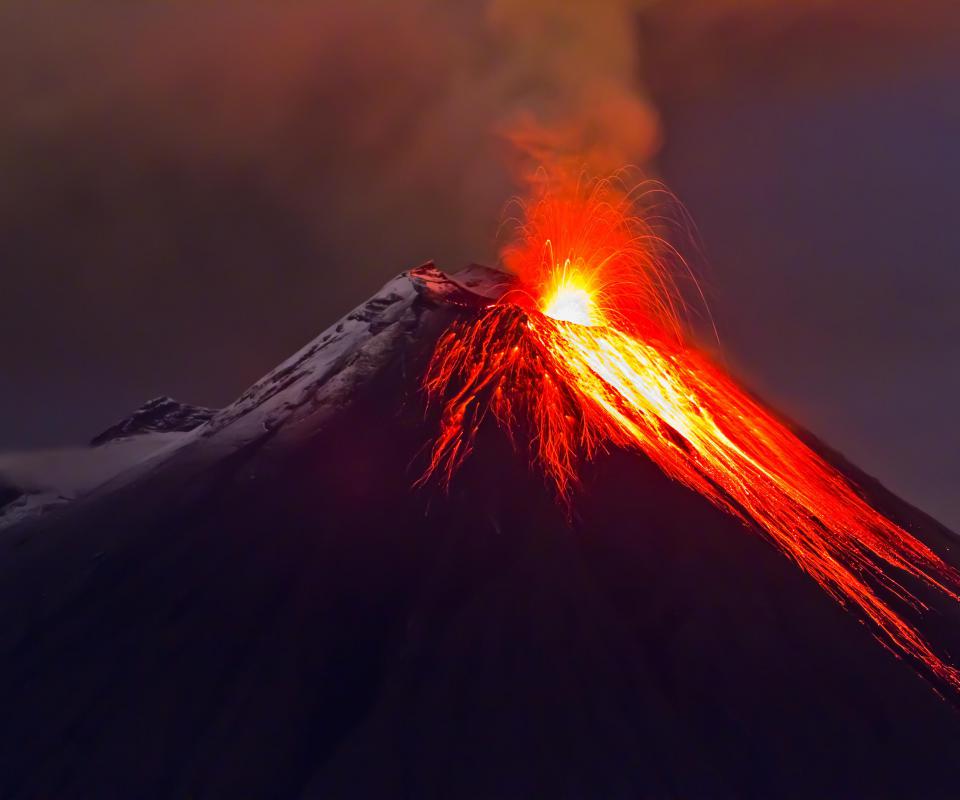At WiseGEEK, we're committed to delivering accurate, trustworthy information. Our expert-authored content is rigorously fact-checked and sourced from credible authorities. Discover how we uphold the highest standards in providing you with reliable knowledge.
What is Joya De Ceren?
Joya de Ceren is a preserved village in El Salvador. It is a UNESCO World Heritage Site, and has been since 1993. The name means simply "Jewel of Ceren," and it is one of the more popular tourist attractions in El Salvador.
Joya de Ceren was a Mayan village that was populated before European contact with the Americas. It was a relatively small farming village, located on the outer edges of the Mayan civilization. It was first settled sometime in the 9th or 10th century BCE, and remained settled for more than a millennium. Around the middle of the 3rd century it was abandoned when the Ilopango volcano erupted, but by the early-5th century it had been repopulated and once more flourished.

In the year 590, another volcano, Loma Caldera, erupted, and buried Joya de Ceren in fourteen layers of volcanic ash. Unlike some preserved sites, it appears the inhabitants of Joya de Ceren had enough warning of Loma Caldera’s eruption that they were able to flee, and were not preserved by the ash. Their entire way of life, however, was caught in mid-moment, like an archeological snapshot.

Joya de Ceren is often compared to Pompeii, and is sometimes called the Pompeii of the Americas. There are many similarities between the sites, both in the literal preservation of the villages, and the archeological importance of the findings, but there are significant differences as well, and Joya de Ceren is very much its own place.
All sorts of things have been uncovered at Joya de Ceren since its discovery in 1976. More than seventy distinct structures have been excavated, and countless ceramic vessels, articles of furniture, and utensils have been discovered. Meals have even been found, left in a half-eaten state by inhabitants apparently in a great hurry to get as far from Joya de Ceren in as short a period of time as was possible.
Perhaps some of the most interesting discoveries at Joya de Ceren have been those of preserved plant and food matter. Manioc has been found being grown at Joya de Ceren, which marks the first known instance of its cultivation in the Americas.
Cacao has also been found at Joya de Ceren, in various vessels in numerous houses. The Mayans are known to have imbibed a drink made of cacao, with a frothy head, regularly. Remnants of cacao have been found in clay vessels in a number of Classical Mayan sites throughout Central America and Mexico. For many years, however, it was conjectured that cacao was a drink reserved for the elite castes of priests and royalty. The cacao plant is difficult to cultivate, and its ritual use led some to believe its consumption. Its discovery at Joya de Ceren shows fairly strongly that cacao was in fact enjoyed by all classes of the Maya, at least in this remote village.
AS FEATURED ON:
AS FEATURED ON:












Discuss this Article
Post your comments